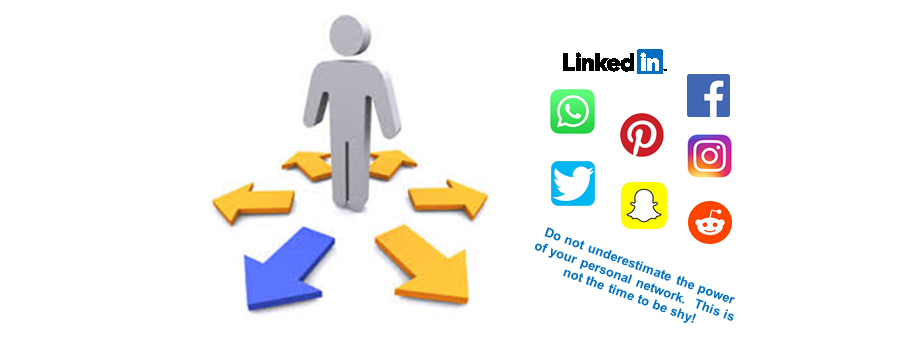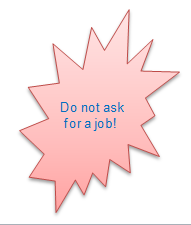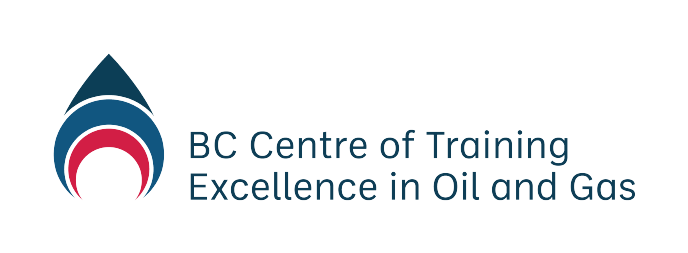-
Module 2.0 How to be Successful in this Course
-
Module 2.1 Introduction to Natural Gas
-
Module 2.2 The Natural Gas Industry in British Columbia
- Overview
- Learning Outcomes
- Natural Gas Science – The Simple Version
- Natural Gas Science – Chemistry
- Natural Gas Science – Physics
- Natural Gas Science – Units of Measurement
- Natural Gas Science – Geology
- Natural Gas Resources and Uses
- Oversight of the Natural Gas Industry
- Understanding Land Rights and Natural Gas
- Energy and the Future
-
Module 2.3 Upstream – Well Site Selection, Preparation and Drilling, Completion, Production, Water Recycling, and Reclamation
- Learning Outcomes
- The Upstream Sector – Extraction and Processing
- The Upstream Sector – Exploration and Site Selection
- The Upstream Sector – Preparation and Drilling
- The Upstream Sector – Completion
- The Upstream Sector – Production
- The Upstream Sector – Water Recycling
- The Upstream Sector – Reclamation
- Upstream Companies and Jobs in British Columbia – Companies
- Upstream Companies and Jobs in British Columbia – Industry Associations
- Upstream Companies and Jobs in British Columbia – Professional Associations
- New Vocabulary
-
Module 2.4 Midstream – Transportation, Processing, Refining
- Learning Outcomes
- The Midstream Sector
- The Midstream Sector – Processing Natural Gas
- The Midstream Sector – Liquefied Natural Gas
- The Midstream Sector – An Emerging Industry
- The Midstream Sector – Processing LNG
- The Midstream Sector – Proposed LNG Projects in British Columbia
- Transportation
- Midstream Companies and Jobs in British Columbia
-
Module 2.5 Downstream – Refining and Markets
-
Module 2.6 Health and Wellness in the Natural Gas Industry
-
Module 2.7 Safety
-
Module 2.8 Terminology and Communication
-
Module 2.9 Jobs and Careers
- Learning Outcomes
- Industry Outlook
- Technology is Changing Workforce and Skills
- Employment in the Natural Gas Industry
- Employment in the Natural Gas Industry – Types of Employment
- Employment in the Natural Gas Industry – Range of Jobs
- Employment in the Natural Gas Industry – High Demand Jobs and Occupations
- Occupational Education and Training
-
Module 3.0 How to be a Valued Employee
-
Module 3.1 Identifying Interests and Skills
-
Module 3.2 Looking for Employment in Natural Gas
-
Module 3.3 Applying for Employment in Natural Gas
Now you have a target list of employers, but how do you go about connecting to them? Here are some proven and time-tested suggestions.
Network
A network is an extended community, that you can think of as a spiderweb where you are at the centre and each thread out from the centre leads to another point of connection and potential employment for you. The more threads you can build into your web, the stronger your network will be.
- Let everyone you know—friends, family, and acquaintances— that you are looking for work.

Use your personal and social media networks to get the word out.
Look on:
✓ Internet sites (Google “employment search engines Canada”)
✓ Linked-In, Facebook, YouTube, and similar social media sites where firms are listed
✓ WorkBC
✓ Craigslist (try things like “natural gas” or “oil field” in the search field)
✓ Job boards in schools and colleges
✓ Local newspapers (both on-line and print versions).

When you are networking, you are looking for two types of people:
- People who can give you advice and information about the natural gas industry—current conditions, challenges, opportunities, etc.—as well as about what it is like to work in the industry.
- People who work for or are in some way connected with the employers on your target list.
Referrals and Introductions
Frequently, what you will need to do is ask the people in your network to give you a referral, or introduce you, to someone in their network. Referrals and introductions are usually done by phone or email. Be sure to get the referral’s name (correctly spelled) and contact information (phone and email) so you can follow up.
Conduct Information Interviews
Once your networking has produced some people for you to talk to, the next step is to conduct an information interview with each person. Call or email people and ask for 15-20 minutes of their time to talk to you about the industry. You may have to make an appointment. Here are some steps to guide you:
- Introduce yourself (tell them your full name) and tell them why you are calling (you are looking for work and interested in finding out from their perspective what they like about working in the industry)
- Ask them if they are willing to talk to you. If yes, ask them if they have time now or would they prefer you make an appointment.
- When you have the 15-20 minutes to talk to them:
-
- Open by thanking them for taking the time to talk to you (you have already practiced this in Module 3.0!)
- Tell them you have taken the Working in Natural Gas program, are interested in looking for work in the industry, and are now talking to people to confirm your understanding that the industry is a good place to work. If they have not heard about the program before, take 30 seconds to tell them about it—have a 30 second talk memorized, and be sure to mention the safety tickets you obtained

- Ask the person what they do and what they personally like about working in the industry
- If you have time, ask them what and where they think the opportunities are for jobs over the next 3-6 months (e.g., find out who might be hiring)
-
- Before closing, ask them if there is someone else in the industry that they think it might be good for you to talk to
- Then close by thanking them again for taking the time to talk with you and acknowledge the value of their comments and advice
- What you do not want to do, is ask the person directly for a job. You are talking to them to obtain information. Asking outright puts people on the spot and can make them uncomfortable. At this stage, unless you know them very well, they don’t know enough about you to hire you and may not be in a position to do so.
Follow Up

Finally, be sure to stay in touch with people. Follow up regularly – not enough to be annoying – but often enough so that they remember you are still looking and can pass along relevant information when they have some. Once every 3-4 weeks is a good guideline; unless of course someone asks you to do it more frequently. Remember, people are busy; they may not always call you, but they will likely respond positively when you call them—it’s one less thing off their “to do” list.
Learning Activity 2: Identify People in your Network for your Employment Plan
Instructions
- Write down the names of all the people you know (your network). The output of this exercise will become a key part of your personal employment plan.
- Use the following to help jog your memory and group the names you identify by:
- Employment related contacts: owners and managers of companies you have worked for (current and previously), owners of other businesses you know or have met, supervisors you reported to, current and previous co-workers.
- Personal contacts: immediate family, relatives, friends, neighbors, school friends, spiritual leaders, Elders, community members.
- Acquaintances: teachers, doctors, lawyers, accountants, coaches, teammates on sports teams, members of social clubs or special interest groups, community leaders.
- Now enter the names you want to keep in Form 2 under the three categories.
- When you have completed the form, pair up with a classmate, and compare your respective lists.
- Determine if there are categories and/or types of contacts the other person has that might be worth adding to your respective lists
- Use social media and networking sites like LinkedIn and Facebook to identify any additional connections to add to your Contacts/Network List
- Place the completed form in your employment plan
